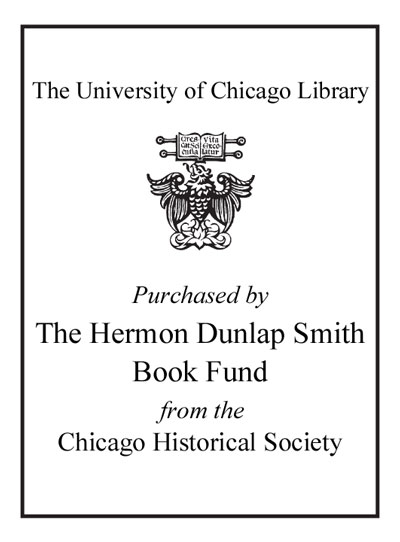Cahokia's complexities : ceremonies and politics of the first Mississippian farmers /
Saved in:
| Author / Creator: | Alt, Susan M., 1959- author. |
|---|---|
| Imprint: | Tuscaloosa : The University of Alabama Press, [2018] |
| Description: | xiv, 158 pages ; 24 cm. |
| Language: | English |
| Series: | Archaeology of the American South: new directions and perspectives Archaeology of the American South. |
| Subject: | |
| Format: | Print Book |
| URL for this record: | http://pi.lib.uchicago.edu/1001/cat/bib/11464304 |
| Summary: | Critical new discoveries and archaeological patterns increase understanding of early Mississippian culture and society <br> <br> <br> <br> The reasons for the rise and fall of early cities and ceremonial centers around the world have been sought for centuries. In the United States, Cahokia has been the focus of intense archaeological work to explain its mysteries. Cahokia was the first and exponentially the largest of the Mississippian centers that appeared across the Midwest and Southeast after AD 1000. Located near present-day East St. Louis, Illinois, the central complex of Cahokia spanned more than 12 square kilometers and encompassed more than 120 earthen mounds.<br> <br> <br> <br> As one of the foremost experts on Cahokia, Susan M. Alt addresses long-standing considerations of eastern Woodlands archaeology--the beginnings, character, and ending of Mississippian culture (AD 1050-1600)--from a novel theoretical and empirical vantage point. Through this case study on farmers' immigration and resettling, Alt's narrative reanalyzes the relationship between administration and diversity, incorporating critical new discoveries and archaeological patterns from outside of Cahokia.<br> <br> <br> <br> Alt examines the cultural landscape of the Cahokia flood plain and the layout of one extraordinary upland site, Grossman, as an administrative settlement where local farmers might have seen or participated in Cahokian rituals and ceremonies involving a web of ancestors, powers, and places. Alt argues that a farming district outside the center provides definitive evidences of the attempted centralized administration of a rural hinterland. |
|---|---|
| Physical Description: | xiv, 158 pages ; 24 cm. |
| Bibliography: | Includes bibliographical references and index. |
| ISBN: | 9780817319762 081731976X 9780817391737 |

